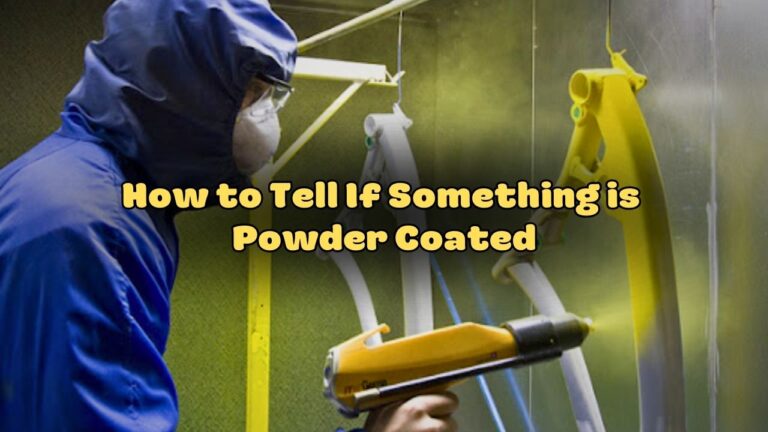Powder coating is typically associated with metal objects; however, it can also be applied to wood and plastic by preheating them prior to spraying.
Untrained eyes might mistake powder coating and paint for one another; performing some basic quality control tests will help ensure your new coating will perform as expected.
Look for Drips or Runs
Consumers frequently utilize powder coating services to protect items like light posts, iron fences, grills, playground equipment, mailboxes and their posts as well as many other household goods from heat, moisture and wear and tear. While paint might offer temporary relief from this wear and tear damage, powder coating provides long-term solutions.
Look out for drips or runs to quickly identify powder coating, or any painting at all, on items. Powder coating involves heating a part, spraying on desired powder color, then cooling it immediately afterwards for a very durable finish.
But when not properly cured, results can be less than desirable. One common issue is picture framing – when powder coat builds up along the edges of metal pieces due to spraying issues like gun spits or surges; this issue can usually be resolved with maintenance checks and proper technique; these visual tests will ensure your customers receive products which look exactly how it should.
Look for Chips or Scrapes
Powder coating provides a durable solution that protects race cars against surface scratches and corrosion while adding color to new wheels – as well as being applied to many components across an array of fields. However, its not immune from defects; sometimes it’s difficult to identify whether something has been coated.
Just a few simple tests can help you quickly identify whether an item has been powder coated. They’re affordable and straightforward to conduct; routine testing should help to maintain consistent product quality.
Powder coating does not adhere well to surfaces with completely smooth surfaces and needs something “toothy” for it to grab onto, which is why parts should always be media blasted or chemically pre-treated prior to being powder coated. Proper preparation also involves plugging threads, masking areas where powder coating would not be desired and deburring sharp edges.
Look for Thickness
Powder coating can be applied to numerous materials, with metal being the most popular application method. Other substances such as plastics, composites and glass may be suitable, though you must first ensure they can handle 400 degrees Fheat required to fuse it onto an object.
If you’re not sure whether something is powder coated, the solvent rub test is an excellent QC check to make sure its finish has set properly. A cotton swab or Q-tip dipped in Methyl Ethyl Ketone (MEK) and then rubbed over the surface will produce a clean wipe without signs of degradation in either coating or substrate – an indicator of successful completion of testing.
Powder coating offers superior protection and durability to products, withstanding chipping, scratching, sunlight exposure, degreasers and mild cleaners without bubbled or peeling effects like paint does. Furthermore, its simple maintenance requires just mild cleaners or degreasers – perfect for keeping clean!
Look for Texture
Powder coating offers uniform color and texture to an object, creating a durable finish resistant to chips, scratches and fading – ideal for fencing applications such as adding value and deterring criminal activity. However, when its finish starts deteriorating it becomes less visually appealing, which decreases property or area values over time.
When it comes to identifying something as powder coated, there are certain characteristics you can look out for that are telltale signs: drips or runs, thickness and an even color across its entire surface. Smooth powder coats tend to be more resistant to chemical stripping than paint. Lastly, any surface with speckled patterns indicates paint instead of powder coating – so if in doubt, contact a professional powder coating company and seek expert consultation as they’ll provide expert diagnosis as well as answer any inquiries that arise.
